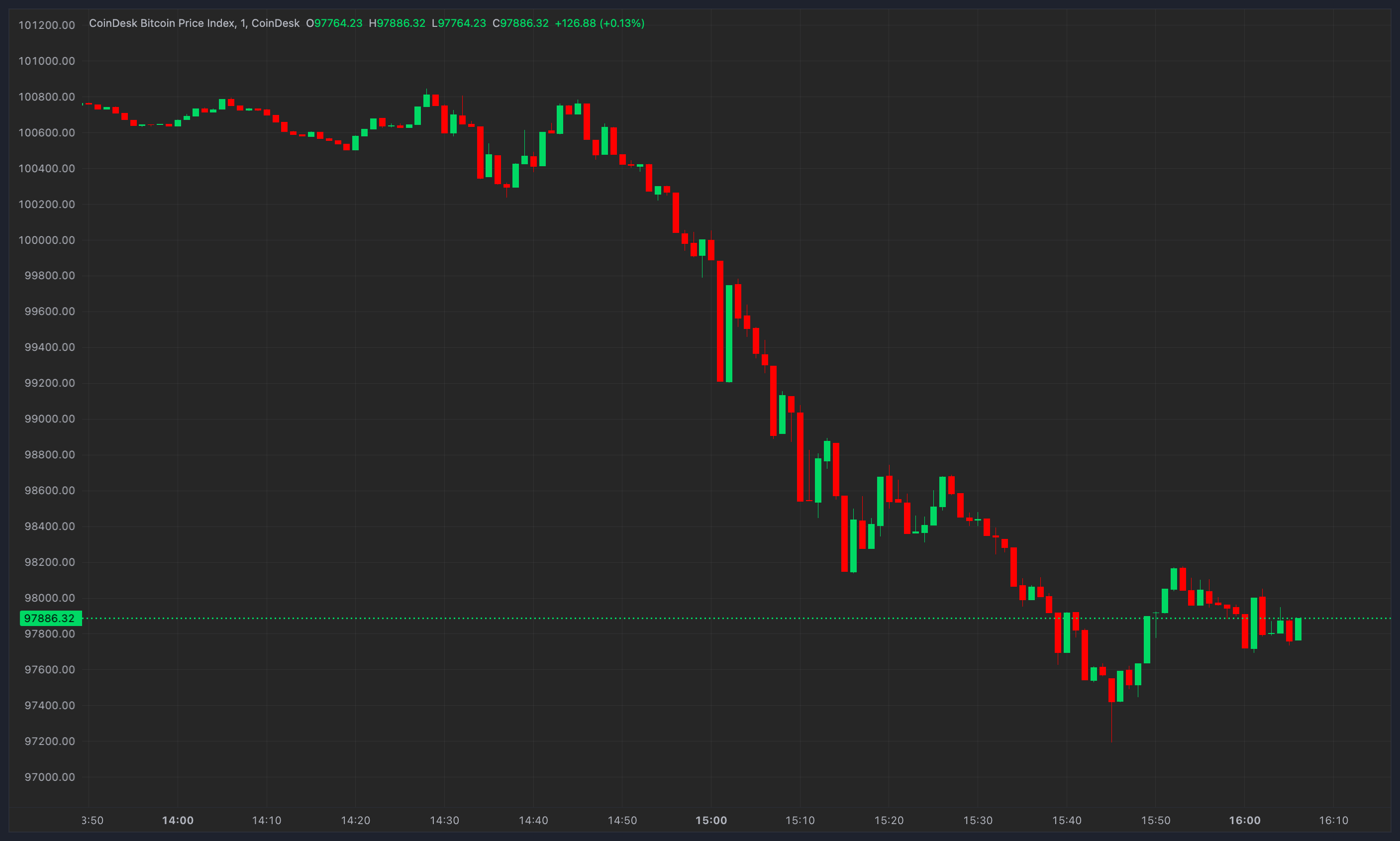You’ve probably read a whole bunch of stuff about the Ethereum Merge already.
You know that the Ethereum blockchain is transitioning from Proof of Work (PoW) to Proof of Stake (PoS) validation, and this will make the process of creating new blocks much more energy-efficient.
However, this isn’t the full story of the Merge. Not even close.
In fact there are lots of benefits that no-one’s even covered yet, technical advances that will have an even bigger impact on your everyday life than the efficiency gains (important though they are).
Based on conversations with our developers, we think the Merge will transform Ethereum in four distinct ways. Each of these changes will solve real-world problems, and allow Ethereum to become what it was always designed to be.
1. The Merge will allow Ethereum to achieve true decentralisation
The Ethereum blockchain works in a decentralised way. There’s no faceless middleman controlling everything and transactions are validated by community consensus.
However most users and dApps today rely on remote procedure calls, or RPCs (such as Infura), third-party nodes which provide a bridge between the app and the chain.
DeFi as we know it today wouldn’t have been possible without these RPCs. If they weren’t around, every user would have to run their own Ethereum node, which isn’t feasible for smaller devices like smartphones and tablets. But these nodes involve some trust assumption, introducing potential censorship… not to mention attack vectors.
However, Ethereum PoS will include the creation of ‘sync committees’, a group of randomly selected validators who receive extra rewards for providing a light-client server, which essentially creates a summary of each block for light clients (smaller devices) to access.
What this means, in practice, is that it should be far easier for everyday devices, even browsers, to keep up with the Ethereum blockchain and its updates. This will significantly reduce the trust assumptions on RPCs.
2. It will make Ethereum more censorship-resistant
Another fundamental goal of Ethereum is to be usable as a neutral public good. However, both PoW and PoS models allow individual pools to censor transactions if they want to.
With the Merge, we can introduce the concept of proposer-builder separation (PBS) which will split the ‘validator’ role in two. A builder will select the transactions to be included in a block and a proposer will submit the block if it is valid.
Such a system can be designed so the most valuable valid block (hence the one containing the most transactions) must be included, meaning that a non-censored block will be included instead of a censored one.
PBS also relocates maximal extractable value (MEV) to the Builder, meaning that validators won’t earn more if they are better at arbitrage, which is another plus-point for network decentralisation.
3. It will allow Ethereum to scale
With about 13 transactions per second, Ethereum is not exactly fast. Rollups already allow us to scale to thousands per second, by settling the transactions in batches, but this doesn’t solve the sluggishness on mainnet.
Ethereum PoS enables new scalability options at the base layer. For example, sharding (the partition of the database into smaller chunks) will mean validators don’t have to validate all transactions and store all data, but only a subset.
This will reduce the validator’s workload, and allow for more throughput.
4. It will turn ETH into a productive asset
Both Bitcoin and Ethereum have already begun to gain adoption among institutional investors. However, smart money always prefers productive assets over non-productive assets.
A stock represents a company creating value, which in turns creates an increase in the stock price or paid dividends. Real estate works both as a value reserve and a yield instrument through rental income.
Cryptocurrencies are a new asset class with a market cap that’s still very small compared to other asset classes. However, assets like bitcoin are storing value, not creating value (similar to gold), which means that institutional investors may prefer to remain exposed to more dynamic assets like equities instead.
Ethereum PoS changes the game because validators on the Ethereum blockchain are expected to earn yields of around 3-4% (in ETH) with relatively low inflation, and these yields could rise as high as 8%.
This means ETH will become a productive digital asset. And the benefits are amplified by the fact that ETH is used to pay for usage of Ethereum and a big part of this ETH is burnt (removed from circulation), meaning that ETH may even become deflationary while maintaining its native yield.
None of this is to say that the headline efficiency gains aren’t important. They will make Ethereum more sustainable and, at a time when the world is more conscious of climate change and global warming than ever, they fit the zeitgeist.
However, the Merge is about way more than streamlining the Ethereum validation process. This is a before-and-after moment for Ethereum and for blockchain technology in general, and its true significance will be felt for months and years to come.
Read More: rhino.fi









 Ripple USD
Ripple USD  NKN
NKN  Thena
Thena  BakerySwap
BakerySwap  ParallelAI
ParallelAI  M3M3
M3M3  Hippocrat
Hippocrat  Keep Network
Keep Network  Renzo
Renzo  QuarkChain
QuarkChain  aixCB by Virtuals
aixCB by Virtuals  Lista DAO
Lista DAO  Catizen
Catizen  SynFutures
SynFutures  Milady Cult Coin
Milady Cult Coin  Rekt
Rekt  OpenServ
OpenServ  APF coin
APF coin  We Love Tits
We Love Tits  Solend
Solend  Neon
Neon  AVA (Travala)
AVA (Travala)  Toshi
Toshi  Radiant Capital
Radiant Capital  Resolv RLP
Resolv RLP  Wagmi
Wagmi  Islamic Coin
Islamic Coin  Orchid Protocol
Orchid Protocol  Gods Unchained
Gods Unchained  Cortex
Cortex  Pangolin
Pangolin  XPLA
XPLA  LUKSO
LUKSO  Cobak
Cobak  Stafi
Stafi  Skey Network
Skey Network  Wojak
Wojak  Minswap
Minswap  Marblex
Marblex  Koma Inu
Koma Inu  ALEX Lab
ALEX Lab  Radworks
Radworks  michi
michi  Milady Meme Coin
Milady Meme Coin  KIKICat
KIKICat  Masa
Masa  Zebec Network
Zebec Network  XBorg
XBorg